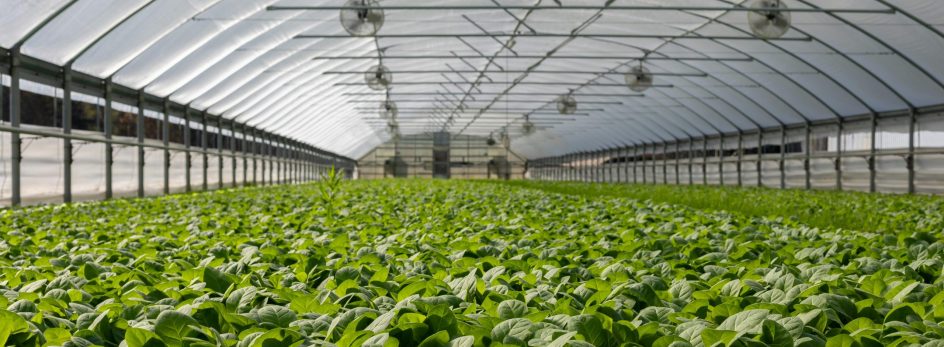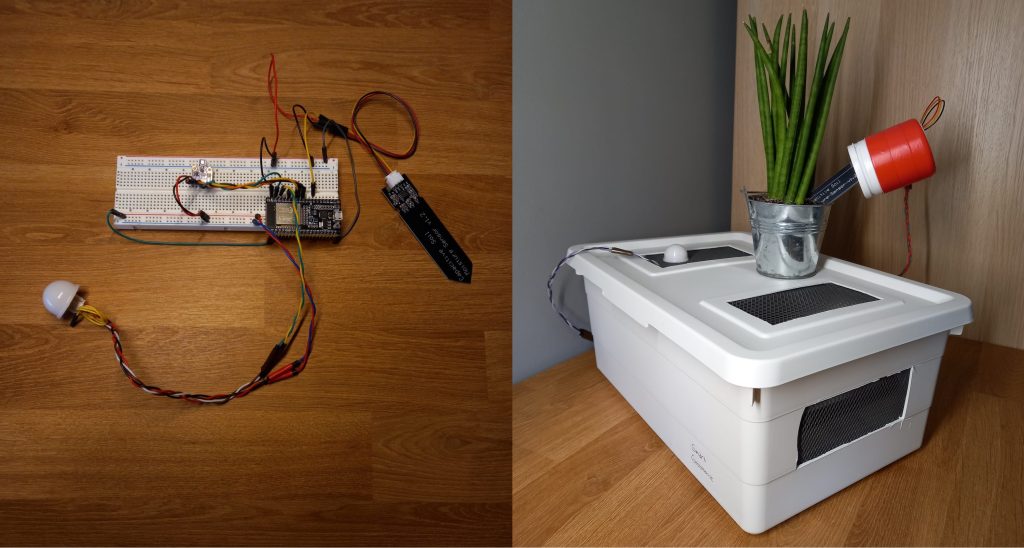
Smart Agriculture: Implementing IoT for Greenhouse Monitoring
Finding better ways to farm sustainably and efficiently is crucial in today’s farming. Challenges such as climate change and resource scarcity emphasize the need for innovative solutions that enhance productivity and protect the environment. Within this context, the conventional methods employed in greenhouse farming present inefficiencies in resource management and production maintenance.
For example, the approach to watering plants in some greenhouses lacks optimization, leading to a waste of water resources. Traditional practices, such as watering crops for fixed durations, overlook critical factors such as soil moisture and temperature, which directly influence watering requirements. This mistake highlights the urgency of reevaluating agricultural practices to align with today’s environmental and resource challenges
Building a Smarter Greenhouse
These challenges can be solved by integrating IoT technology to monitor critical environmental parameters within greenhouses. The primary objective is to utilize data collected from sensors deployed within the greenhouse environment to provide valuable insights for optimizing resource utilization, promoting healthier plant growth, and mitigating issues.
This system includes several key components:
- ESP32 Microcontroller: low-power system-on-a-chip with built-in Wi-Fi and Bluetooth, serves as the central unit for data collection and communication.
- BH1750 Light Sensor: Measures light intensity to ensure optimal lighting conditions.
- BME680 Sensor: Combines gas, pressure, humidity, and temperature sensing to monitor the greenhouse environment comprehensively.
- Capacitive Soil Moisture Sensor: Measures soil moisture levels to optimize irrigation schedules.
- Amazon Web Services (AWS) IoT Core: Ensures secure and scalable communication between devices and the cloud.
- MongoDB: A document-oriented NoSQL database to store and manage collected data.
- Node-RED: An open-source flow-based development tool for visual programming in IoT applications.
- Angular and Angular Material: used for building a dynamic and responsive web application that displays data in an intuitive format.

System Implementation
The system architecture allows multiple ESP32 devices to connect to a Wi-Fi hotspot. The server uses Node-RED to subscribe to an MQTT broker, translating incoming messages and publishing data to the database. AWS supports MQTT communication, enhancing flexibility and scalability when integrating new devices.
An application was developed to connect to the database, displaying data in various formats for straightforward interpretation.
System Outcome
The hardware system was inside a greenhouse for several weeks, performing flawlessly under various conditions. Connectivity and data accuracy were verified, with readings closely matching expected values. This demonstrated the system’s reliability and potential for real-world application.
Conclusion
Innovative IoT solutions can revolutionize greenhouse farming by optimizing resource use and promoting healthier plant growth. This approach offers a sustainable and efficient solution to modern farming challenges by leveraging cutting-edge hardware and software technologies.
Costa, Sérgio Apolinário da (2024). Smart agriculture – implementing IoT for greenhouse monitoring. Bachelor’s thesis. Information and Communications Technology, Turku University of Applied Sciences.